Balanced thread tension is required for embroidery to look its best. Read on to learn about tension and how to adjust it to achieve the optimal embroidery results. Tension refers to the balance , between the needle thread and the bobbin thread. For standard stitching,
the tension should be balanced. When stitching a perfectly balanced seam, only the needle thread is visible on the fabric right side and only the bobbin thread is visible on the wrong side.
When embroidering designs, a perfect stitch is actually unbalanced. On
the design right side, only the needle thread is visible. When looking at the
wrong side, the bobbin thread and also some of the needle thread along
each embroidery-object perimeter is visible. In other words, hints of color
should show on the design wrong side. If only the bobbin thread color is
visible, the tension isn’t set correctly for embroidery. The needle thread
must pull slightly to the wrong side so only the needle thread is visible on
the right side (A).
Tighter tension is needed in the bobbin to pull the needle thread to the
design wrong side. Most embroidery machines accomplish this by including
a different bobbin case that’s pre-adjusted for tighter tension. In addition, it
may be necessary to thread the bobbin thread through a pigtail, or a hole, in
the finger of the bobbin. Some machines are threaded a bit differently in
the bobbin area to create tighter tension. Refer to the machine manual for
specific bobbin threading instructions
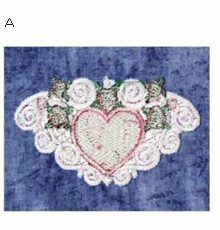
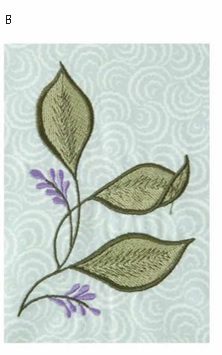
BOBBIN THREAD
To achieve ideal embroidery tension, use the correct bobbin thread. Quality
bobbin thread is smooth and free of slubs. For best results, choose thread
specifically labeled as bobbin thread.
Bobbin thread is typically polyester, varies from 60- to 100-wt. and is more
lightweight than embroidery thread, which is typically 40-wt.
Embroidery machines are balanced for a combination of heavier embroidery
thread in the needle and smooth, lightweight thread in the bobbin.
Using any other combination could result in tension problems.
TENSION PROBLEMS
If experiencing tension problems, such as looping of needle thread or
bobbin thread pulling to the fabric
right side, follow these four steps beforemaking any adjustments.
• Replace the embroidery needle. A dull needle creates loops or tight stitches that mimic tension problems.
• Rethread the machine. Often, the thread isn’t properly lying in the
tension disks, which can cause loose stitching. The thread may also be catching somewhere in its path,
which adds tension to the thread.
• Clean the machine. Lint caught in a bobbin case throws off the bobbin tension, and thread caught between the tension disks affects the needle tension.
• Oil the machine. If the hook area of the machine becomes too dry, irregular bobbin tension may result. If after following these steps there are still tension problems, adjust the needle
thread tension on the machine.
NEEDLE TENSION
It’s always easier to adjust the needle tension first before attempting to adjust the bobbin tension.
• Tighten the needle tension when the thread tension is too loose, which is usually characterized by looped stitching. In some cases, the design may have an overall puffiness without distinct loops. If the embroidery thread isn’t lying smoothly on the fabric right side, the upper needle tension may be too loose (B).
• Increase the tension to a higher number in ¼ to ½ increments until satisfied with the results. Test-stitch the design on scrap project fabric to ensure the tension is satisfactory. When test-stitching designs, use the same fabric and stabilizer type as used for the project because the fabric thickness can also affect the tension.
• Loosen the needle tension when the thread tension is too tight. If you see bobbin thread pulling to the fabric right side, the upper thread tension may be too tight. Tight needle tension
is often identified on designs when stitches are very short or satin stitches are very narrow.
Tight needle tension often occurs when the design size has been reduced.
Loosen the needle tension to a lower number in ¼ to ½ increments until the results are satisfactory.
BOBBIN TENSION
Most tension adjustment problems are solved by adjusting the needle tension. However, occasionally the bobbin tension needs adjusting.
Some machine companies recom- mend that bobbin tension only be adjusted by a professional. Having your machine serviced on a regular basis can prevent bobbin tension problems from occurring.
- If the bobbin tension is adjustable on your machine, check the user’s manual for specific Be very careful when adjusting bobbin tension because the tension is typi- cally set with a small screw that’s very easy to lose. Adjusting the bobbin tension should be your last resort after changing the needle, cleaning the machine and adjust- ing the needle tension. If desired, consult with your sewing machine dealer for helpful advice when ad- justing bobbin tension.
- The bobbin tension needs tighten- ing if the bobbin thread is visible on the fabric right The bob- bin tension needs to be loosened if the bobbin thread appears tight and pulls the needle thread too much to the wrong side.
SPECIAL CASES
For most projects, keep the needle ten- sion set on the same number. However, there are a few special cases when ad- justing the needle tension is advised.
Heavyweight or specialty threads: If the thread is heavier than the average 40-wt. embroidery thread, it may be necessary to reduce the needle thread tension because the thread is bulkier and won’t slide through the tension disks as easily. Reducing the thread ten- sion slightly helps prevent thread break- age and keeps the bobbin thread from pulling to the design right side (C).
Very small lettering: When a design has very small lettering, the tiny satin stitches can create tension that is too tight. There may be white dots of bob- bin thread showing around small let- tering (D). Reduce the needle tension for very small lettering to achieve a smoother finish.
Very long stitches: Some embroidery designs are created with very long satin stitches to mimic a hand-stitched look. These long stitches sometimes become loopy and the needle tension may need to be tightened slightly for these designs. Don’t tighten the tension too much, as it flattens the embroidery and destroys the handmade look.
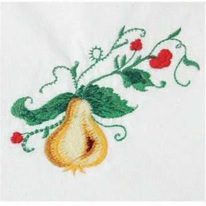
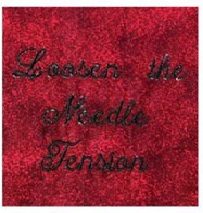
Speed: Slow down the machine speed, as very fast embroidery stitching can result in needle thread tension that’s too tight.
Certain stitch types: Sometimes triple stitch designs, such as redwork designs or design outlines, stitch too tightly. If this occurs, loosen the needle tension slightly for the outline portion of the design. However, slowing the machine speed is just as effective as adjusting the needle tension in these cases.
EXCEPTIONS
There are many wonderful designs available that quilt fabric layers together or even stitch together an entire project in the hoop. For these designs, use the same thread in the bobbin and needle that’s used for the sewing bobbin case. The stitches look more like ones created by a standard sewing machine instead of by an embroidery machine for a bal- anced look.
Related Posts
Discover relevant articles, tutorials, and tips to improve your skills and explore new techniques.
Stay inspired and connected to our embroidery community.

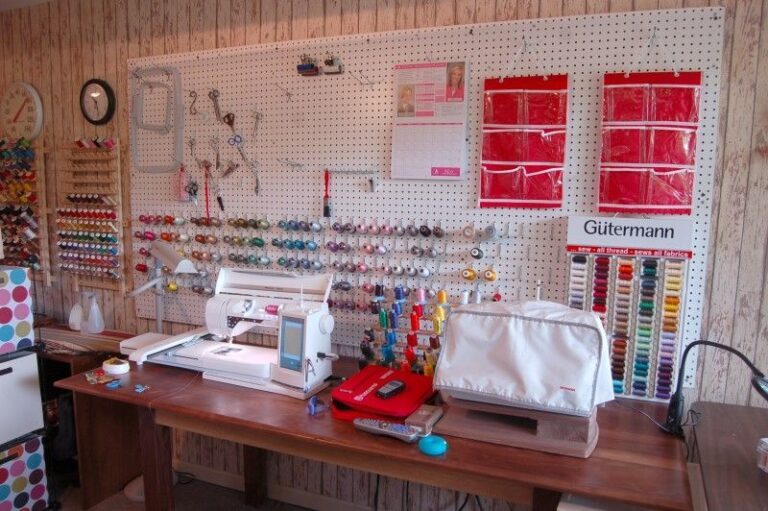

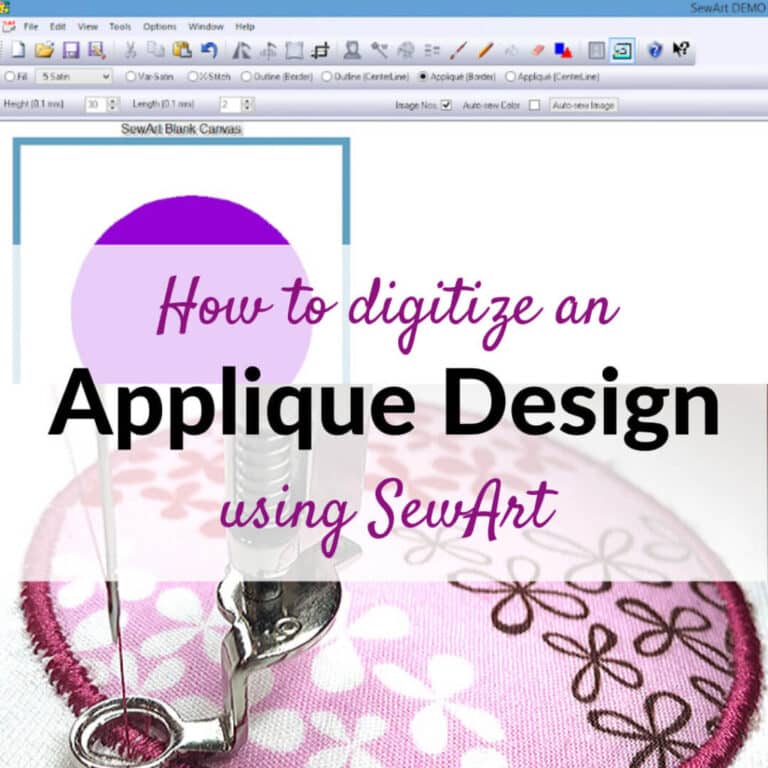



Hi, after reading this awesome post i am also glad to share my know-how
here with friends.
Howdy! I know this is kind of off topic but I was wondering which blog
platform are you using for this site? I’m getting sick and tired of WordPress because I’ve had problems with
hackers and I’m looking at options for another platform.
I would be awesome if you could point me in the direction of a good platform.
مرحباً ، يعجبني موقعكم فهو يساعدني كل يوم على تحسين شغفي بالتطريز
Hi there! I could have sworn I’ve been to this web site before but
after going through many of the articles I
realized it’s new to me. Regardless, I’m certainly happy I found it and I’ll
be book-marking it and checking back regularly!
Please let me know if you’re looking for a article writer for your
site. You have some really great articles and I believe I would
be a good asset. If you ever want to take some of the load off,
I’d absolutely love to write some content for your blog in exchange for a link back to mine.
Please blast me an e-mail if interested. Regards!